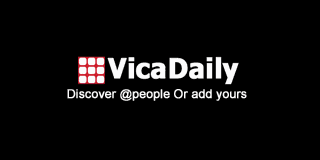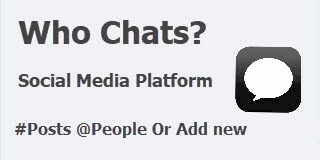-
Nieuws Feed
- EXPLORE
-
Blogs
The Art of Precision in Stitching

In the world of embroidery, precision and accuracy are key to achieving high-quality designs. Whether for logos, uniforms, or custom apparel, embroidery digitizing plays a crucial role in transforming artwork into stitch-ready files. One common requirement in this process is to change JPG to vector, ensuring that designs are crisp, scalable, and embroidery-friendly. Let’s dive into why embroidery digitizing is essential and how vector conversion improves embroidery results.
What is Embroidery Digitizing?
Embroidery digitizing is the process of converting an image or logo into a digital embroidery file that an embroidery machine can read. Unlike simple image conversion, digitizing requires expert handling of stitch types, directions, density, and layering to ensure a high-quality embroidered finish.
Why is Changing JPG to Vector Important?
Many clients provide logos or artwork in JPG format, which is a raster image made of pixels. Raster images lose quality when resized, leading to blurry or distorted embroidery designs. To create a clean and scalable embroidery file, it’s necessary to change JPG to vector. Vector graphics, unlike raster images, are made of lines and curves that can be resized without losing quality. This makes them perfect for embroidery digitizing.
Steps in Embroidery Digitizing & Vector Conversion
- Convert JPG to Vector: Using specialized software like Adobe Illustrator or CorelDRAW, the design is traced and converted into a scalable vector format (such as SVG or AI).
- Digitizing for Embroidery: The vector file is then imported into embroidery digitizing software, where stitch paths, thread colors, and densities are defined.
- Test Stitching: A sample is stitched out to check for accuracy and make adjustments if needed.
- Final Embroidery Production: Once the digitized file is optimized, it’s ready for mass embroidery on garments, hats, or patches.
Benefits of Vector Conversion in Embroidery Digitizing
- Sharper, Cleaner Designs: No pixelation or loss of quality when resizing.
- Better Stitch Accuracy: Ensures the embroidery machine follows clean lines for precise stitching.
- Flexible Usage: Vector files can be used for multiple applications beyond embroidery, including screen printing and engraving.
Conclusion
If you're looking for a high-quality embroidery digitizing service, ensuring your artwork is in vector format is a crucial first step. Converting a JPG to vector enhances design clarity and improves the final embroidery result. Whether you need digitized logos for branding or intricate embroidery patterns, professional digitizing services can help bring your vision to life with precision and detail.






